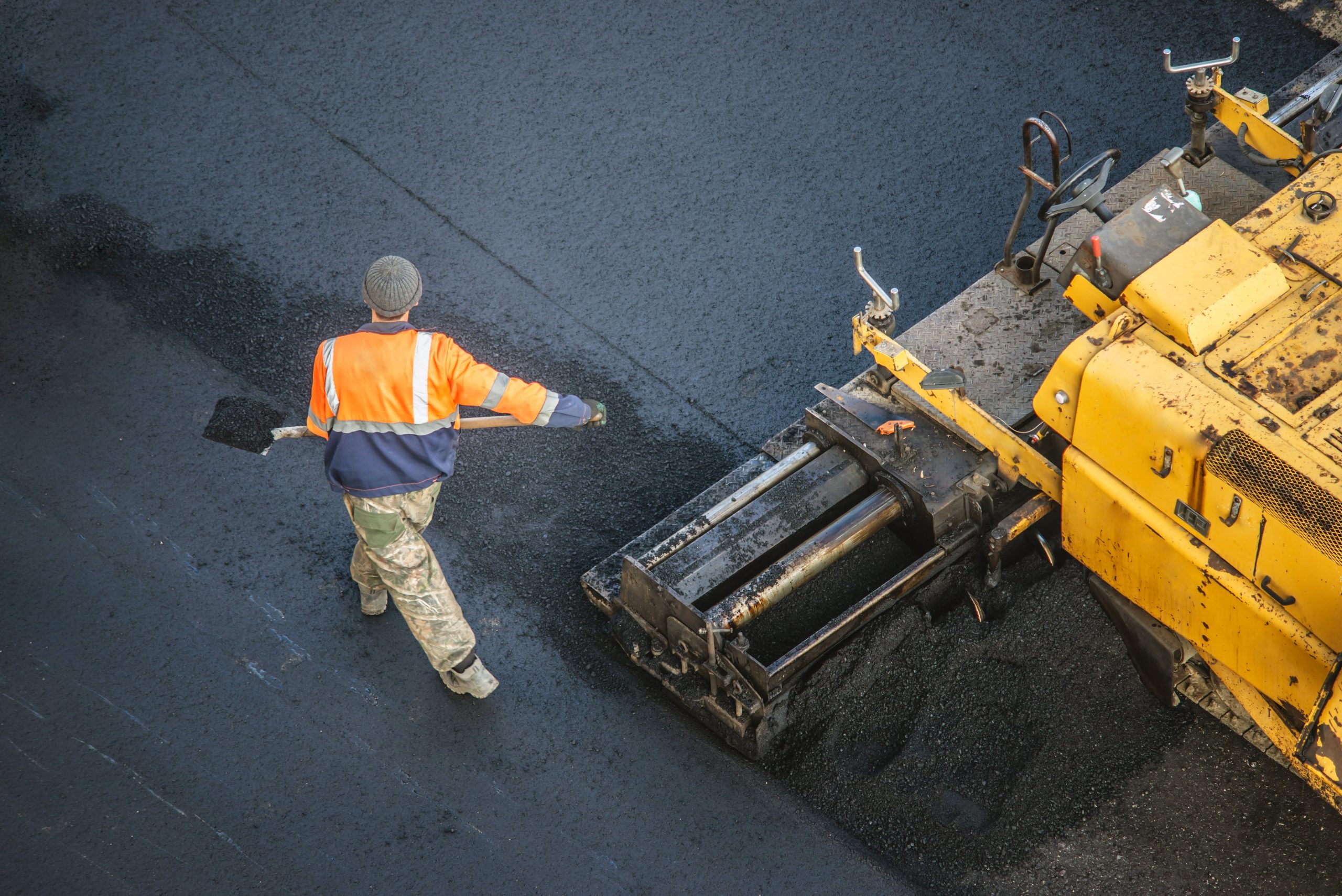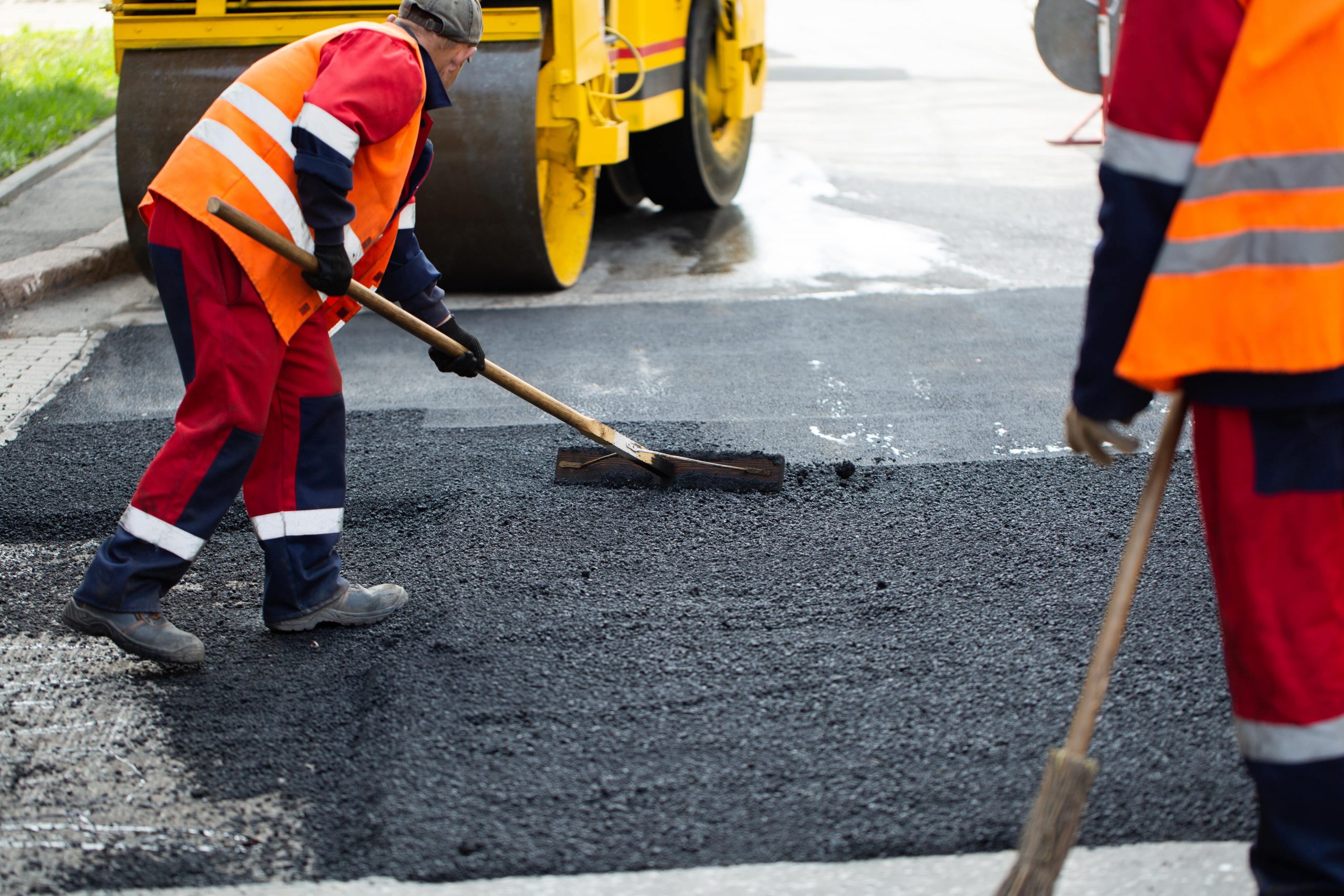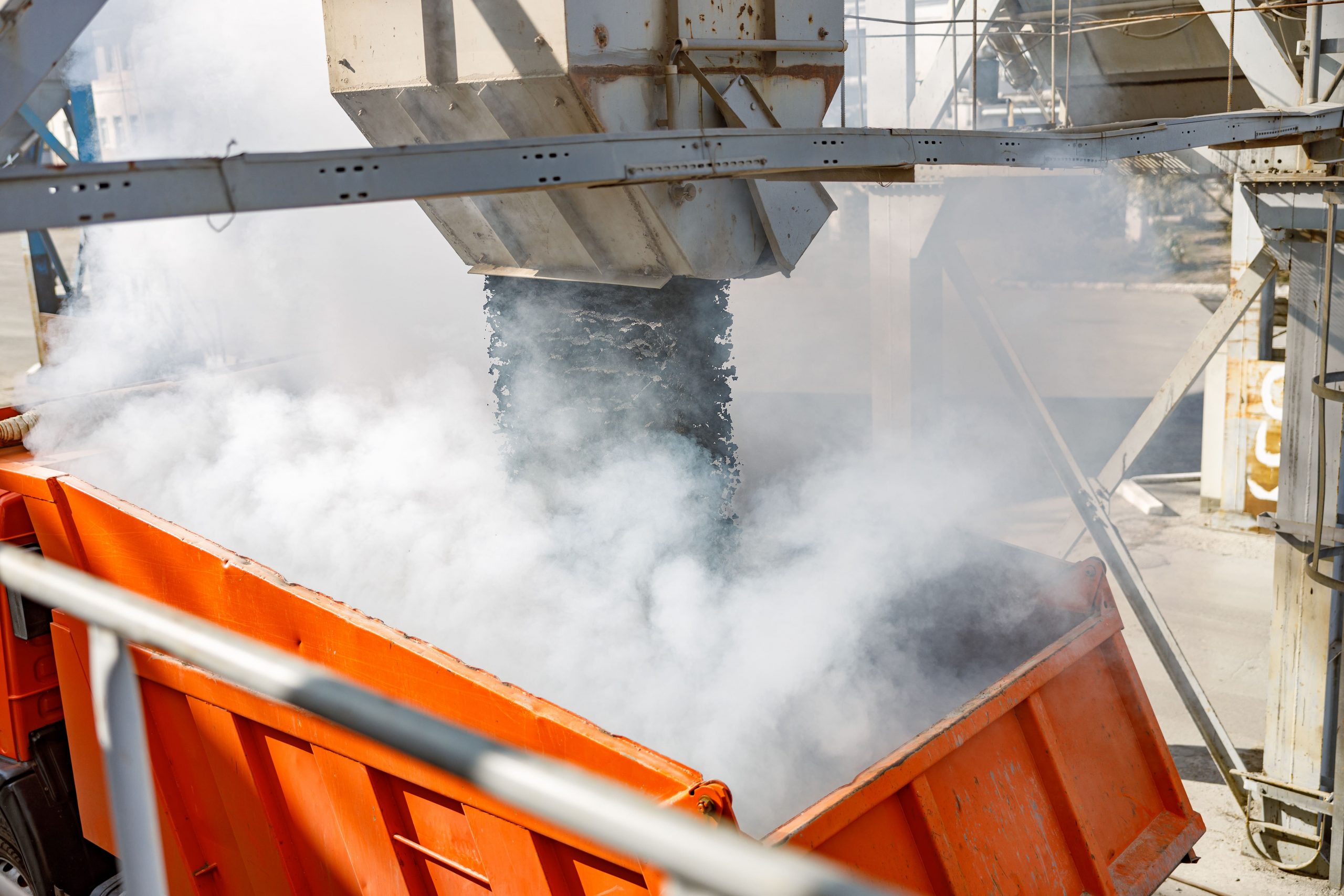
The asphalt technology of the future
The German Asphalt Association has set itself the goal of only producing temperature-reduced asphalt from 2025. Nevertheless, the topic is the subject of controversial debate in the industry. What does the coexistence of three production methods mean for everyday life on the construction site? We spoke to one of the pioneers in the field about the challenges, opportunities and risks: Sebastian Miesem.
He is Managing Director of FAME TC GmbH in Bad Sobernheim and is known for his innovative solutions in the field of asphalt construction. With a great deal of creativity, he is looking for new ways to increase the performance of asphalt and reduce the environmental impact at the same time.
The expert interview
Take a look at what our expert has to say about temperature-reduced asphalt, how the challenges of paving can be overcome and which production process he believes offers the most advantages.
Which additives are the best in temperature-reduced asphalt?
There is no question that TA asphalt can no longer be stopped. What is interesting, however, is which additives will ultimately prevail. For Sebastian Miesem, it is clear that there will be more than just three different methods for reducing the temperature of asphalt.
“If I have changing construction sites within a week, as a master builder I would have to say: ‘Oh, by the way, men, today we’re building with wax. By the way, today we’re building with this or that technology.” Our expert is certain that this will not work in the long term.
Chemical additives for laying rolled asphalt
In doing so, he addresses an important topic: Appropriate expertise is required to ensure that temperature-reduced asphalt can be laid correctly. This differs depending on the method used to lower the asphalt temperature.
Miesem has a clear favourite. In conversation with us, he favours chemical additives. From our guest’s point of view, these have the advantage that they modify the bitumen and the asphalt mixture well, but are later no longer noticeable in the rheology of the bitumen, i.e. in the properties of the temperature-reduced asphalt. This means that the expected properties of the asphalt do not change.

Waxes influence the performance of the asphalt
The viscosity-changing additives, on the other hand, are mostly Fischer-Tropsch waxes. These have been used as a paving aid for a long time. But: ‘Wax definitely has an influence on the performance of the asphalt,’ explains the expert. Whether for the better or worse, however, remains to be seen.
In addition to these two methods for lowering the temperature, there is also foamed bitumen technology. By adding a small amount of water, the bitumen is foamed under high pressure, which greatly increases the volume and lowers the viscosity.

Why is everyone talking about temperature-reduced asphalt?
The possibility of reducing the paving temperature of asphalt using certain additives has been known since the 1990s. For a long time, however, it was limited to mastic asphalt. A reduction in temperature was particularly desirable in building construction. However, in the course of the emerging climate protection debate, rolled asphalt also became the focus of attention.
Protecting the environment and the climate
In asphalt production, reducing the production temperature by 30 °C means a saving of 9 kWh of energy per tonne of asphalt mix produced. Temperature-reduced asphalt not only saves production costs, but also a lot of CO₂. Asphalt production can thus actively contribute to climate protection.
Better occupational safety
The hot processing of bitumen in road construction inevitably produces vapours and aerosols. However, these emissions can be reduced by around half if the processing temperature of the asphalt is reduced by just 10 °C. A lower asphalt temperature therefore also improves occupational safety.
Structural advantages of temperature-reduced asphalt
But TA-Asphalt has even more advantages for road builders and the client. Its lower processing temperature shortens the construction time and the viscosity-reducing additives increase the resistance to heat-induced deformation, as well as reducing the ageing of the binder.
Experience expert knowledge on asphalt construction
Want to learn all about asphalt applications and modern road construction from experts? Then secure access to our exclusive training content now to refresh your knowledge.


 DEUTSCH
DEUTSCH
 TüRKçE
TüRKçE
 Українська
Українська
 Русский
Русский
 Български
Български
